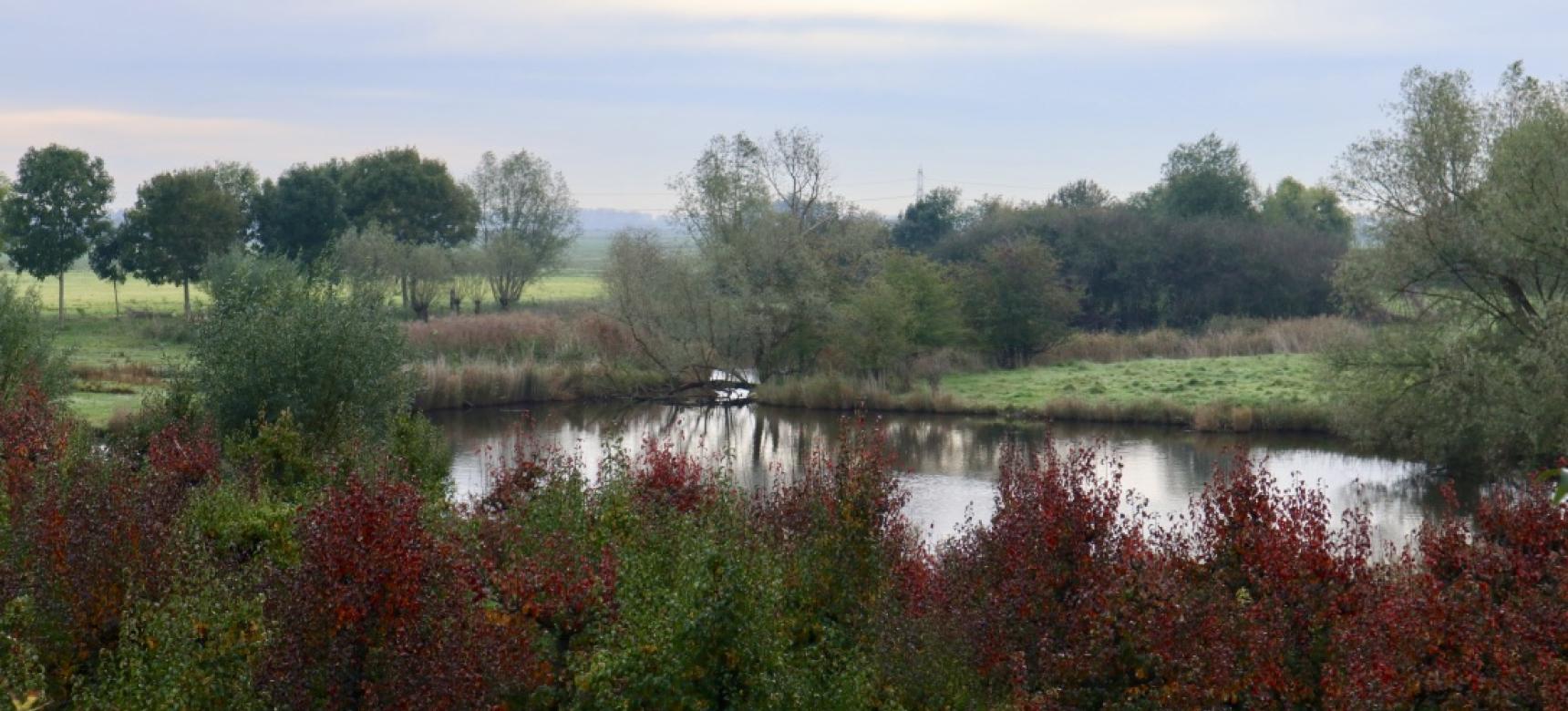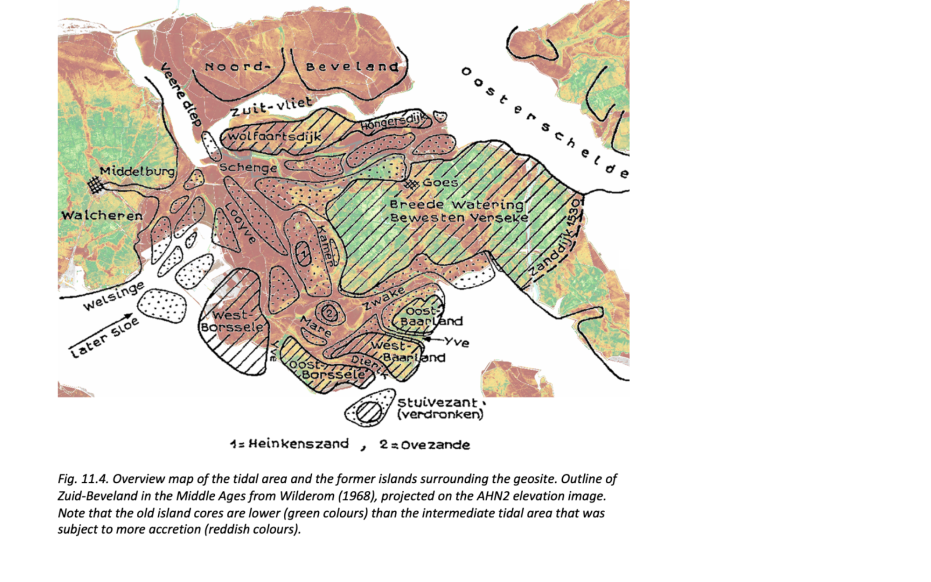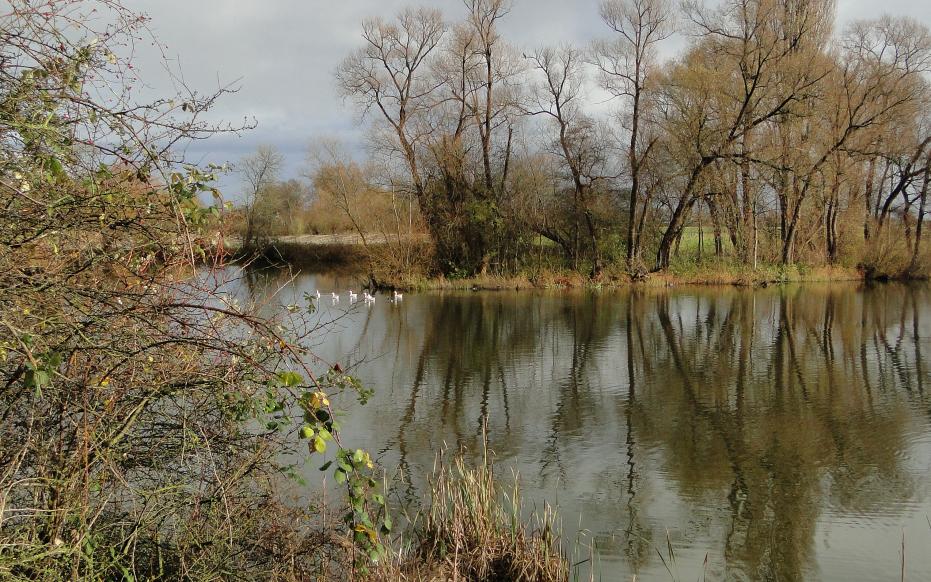Reclamation
The reclamation of the region began in the 13th century. In the year 1441, between the Schenge and the Zwake, about 1530 ha of salt marsh had been diked. Halfway through the 15th century the connection of De Zwake with the Western Scheldt was also closed. Poldering of the tidal area west of the Looyve followed only in the following centuries. But this reclamation did not happen without a struggle. Pieces of newly reclaimed land always ended up with their dikes on open water. Weather and tide sometimes caused the sea dikes to break. As a result, the water rushed forcefully into the area behind the dike. Where the dike failed, a gully hole formed: a weel.


